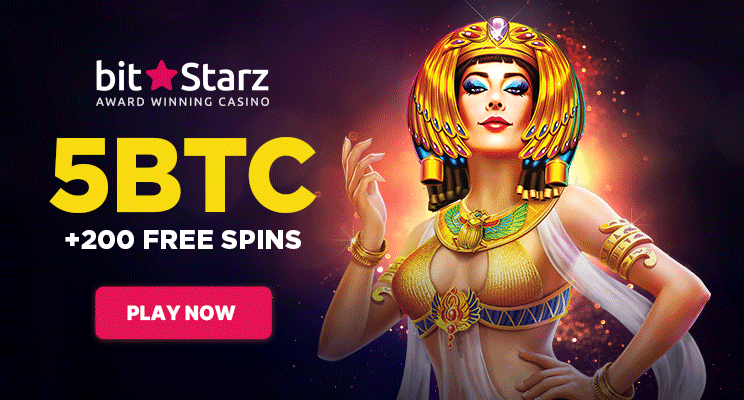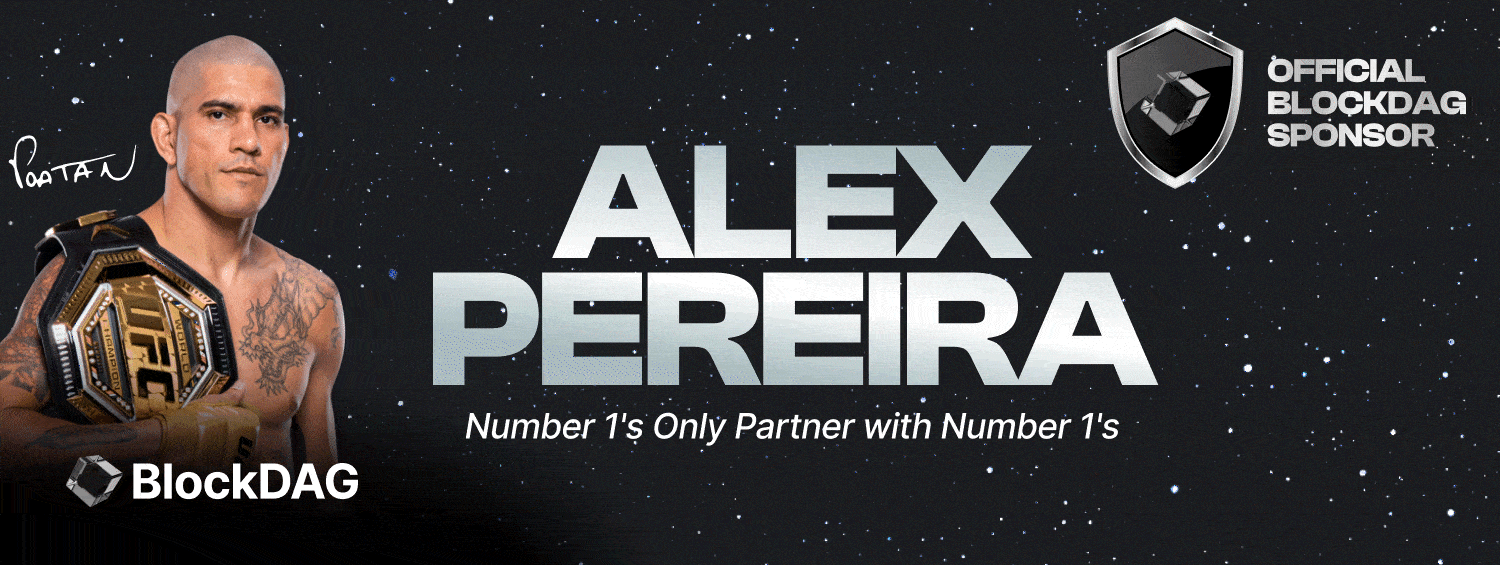Author: bitcrypto.io
TL;DR The internet has evolved from the “read-only” Web 1.0 to the current state of Web 2.0, which is often described as participatory and social-driven. Now, we are gradually moving toward the next phase of the internet, Web 3.0, often styled Web3 in the digital asset space. Web3 holds the promise of allowing people to own things digitally, easily transact online, and have more control of their personal data. Blockchain and crypto ecosystems already have working products for Web3. For example, users can make peer-to-peer (P2P) payments and collect digital items with crypto wallets. Many blockchain-based projects are decentralized by…
TL;DR What is an NFT? An NFT, or non-fungible token, is a distinct digital asset that represents ownership or proof of authenticity of a one-of-a-kind item or virtual good. Unlike cryptocurrencies such as Bitcoin or Ethereum, which are interchangeable and have the same value, each NFT is unique. NFTs are created using blockchain technology, primarily on Ethereum. They can be bought, sold, or traded on various marketplaces. NFTs have gained significant popularity in various domains, giving creators and collectors a new way to exchange and own digital content. These digital assets encompass a wide range of categories, including art, virtual…
TL;DR What Are Telegram Trading Bots? Telegram trading bots function as automated systems within Telegram, facilitating users to execute trades on decentralized exchanges (DEXs). Users interact with these bots through the app’s messaging interface. Different Telegram trading bots offer unique functions, however most share common trading features including stop-loss and take-profit orders, copy trading, and multi-wallet support. According to a Binance research study into telegram bots, the cumulative lifetime volume of trades facilitated on Telegram bots has exceeded US$283M as of 15th August 2023. How Do Telegram Trading Bots Work? Telegram trading bots assist traders in automating their transactions by…
TL;DR What Are No-code Tools? No-code tools empower individuals to build applications, websites, or automate processes without needing to write code. They largely leverage a visual development environment, enabling users to design interfaces and workflows by dragging and dropping elements. No-code tools in the crypto space allow people without technical coding skills to interact with, build on, and leverage blockchain technologies. These platforms provide ready-to-use interfaces and workflows, enabling users to perform functions that usually require complex coding, such as creating smart contracts, building a decentralized application (DApp), initiating DeFi (decentralized finance) transactions, and more. For instance, a no-code platform…
TL;DR What Is Base? Base is an Ethereum Layer 2 (L2) blockchain officially released on August 9, 2023 by US-headquartered crypto exchange Coinbase. Base garnered attention in the crypto community because it’s the first blockchain launched by a publicly traded company. Base was developed in partnership with Ethereum L2 blockchain Optimism on the OP Stack, a standardized and open-source development stack that powers Optimism. Base allows developers to build decentralized apps (DApps) with access to Coinbase’s ecosystem of 110 million verified users and more than $80 billion assets. Base’s vision is to create a so-called Superchain powered by Optimism supported…
TL;DR Web3 and Social Media At its core, Web3 aims to return data ownership and sovereignty to users instead of centralized corporations. This shift in ideology has already impacted sectors such as cross-border payments and finance. However, this shift from Web2 to Web3 could be game-changing in social media. Imagine a social media platform where users: These ideas are the roots of SocialFi – the “Web3 version” of a social networking platform. What Is SocialFi? SocialFi is a portmanteau of “social media” and “finance”. The basic principle is to allow users to interact with each other on a social media…
What is SegWit? Segregated Witness (SegWit) is a protocol upgrade developed in 2015. The concept was introduced as a solution to the scalability problem that blockchain networks were and are still facing today. On average, the Bitcoin network validates a new block every 10 minutes, each containing several transactions. As such, the block size affects the number of transactions that can be confirmed in each block. Currently, the Bitcoin blockchain can process around 7 transactions per second. SegWit’s main idea is to reorganize block data so that signatures are no longer placed along with transaction data. In other words, the…
Key Takeaways Introduction Since its creation in 2009, Bitcoin has continued to grow and captured the attention of people around the globe. However, with its rise to prominence, several myths and misconceptions have emerged. In this article, we’ll debunk the top 15 myths surrounding Bitcoin, shedding light on the reality behind each one. Myth 1: Bitcoin Is Anonymous and Perfect for Criminals Contrary to popular belief, Bitcoin transactions are pseudonymous but not entirely anonymous. Most Bitcoin wallet addresses don’t have a name attached to them, but all transactions are recorded on the blockchain, which works as a transparent, public ledger.…
Key Takeaways Introduction Ethereum’s transition to Proof of Stake (PoS) and the introduction of sharding are vital components of its Ethereum 2.0 upgrade. PoS reduces energy consumption by replacing miners with validators, who are selected to create new blocks based on the amount of ETH they stake. Meanwhile, sharding increases transaction speed by partitioning the Ethereum network into smaller pieces (shards), with each capable of independently processing transactions and smart contracts. The shift from PoW to PoS enables secure and efficient sharding by randomly assigning validators to specific shards, preventing manipulation and enhancing performance. The Ethereum Cancun upgrade represents an…
TL;DR Introduction Blockchain technology has introduced unprecedented potential in decentralization, transparency, and security. But it faces a significant challenge: scalability. Scalability is one point of the “blockchain trilemma,” which also includes security and decentralization. Achieving all three simultaneously is a persisting issue in the blockchain realm. This is where strategic solutions like “sharding” come into play. What Is Sharding? Sharding is a concept borrowed from traditional database management. It refers to the process of splitting a larger database into smaller, more manageable parts, called shards. Its application in blockchain aims to improve scalability, whilst maintaining the principle of decentralization. In…
























